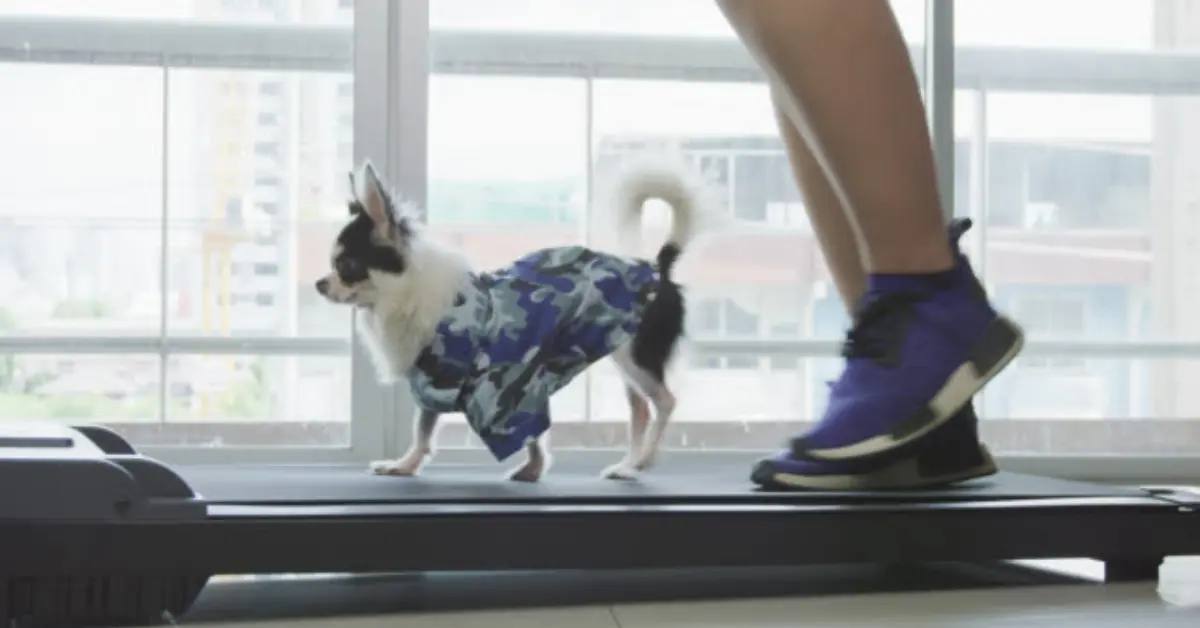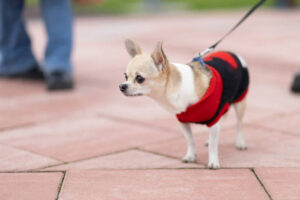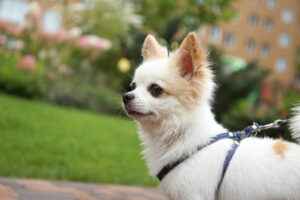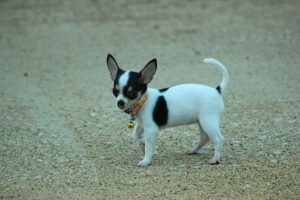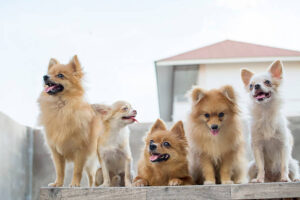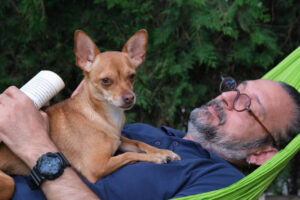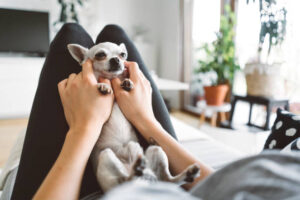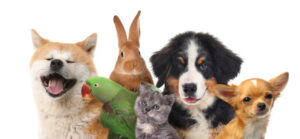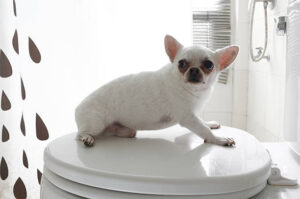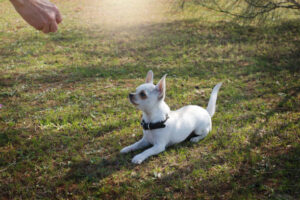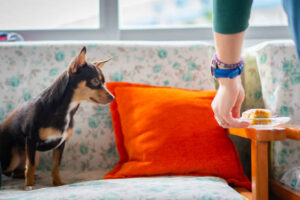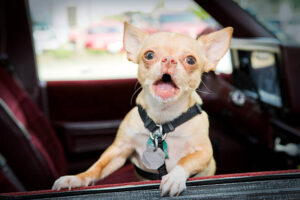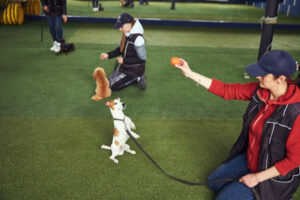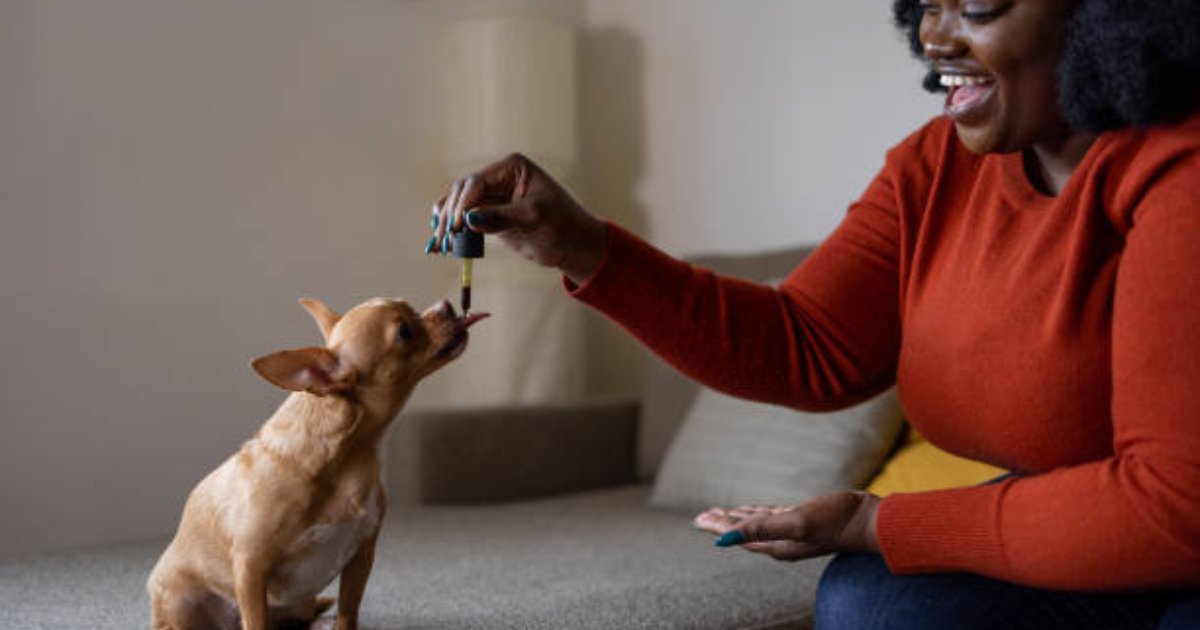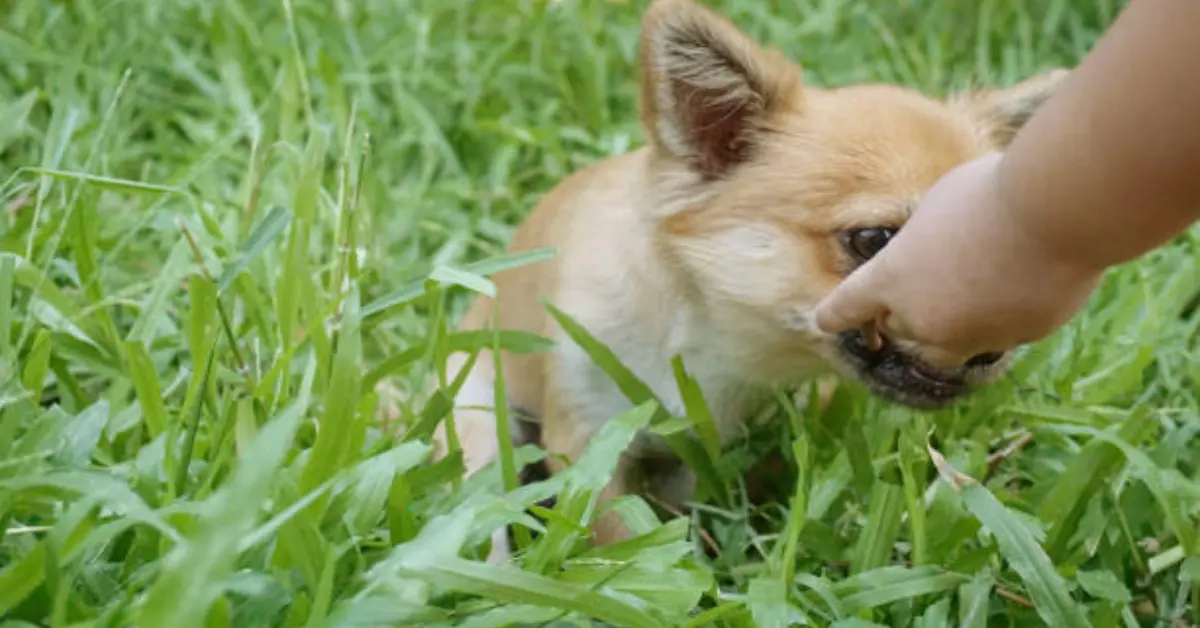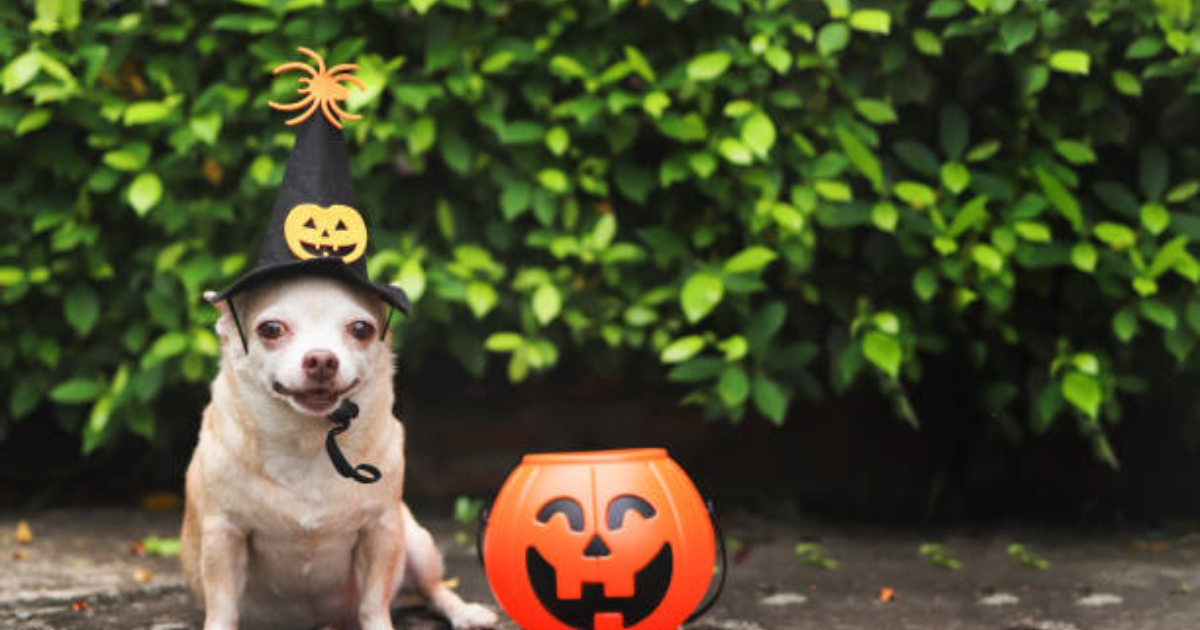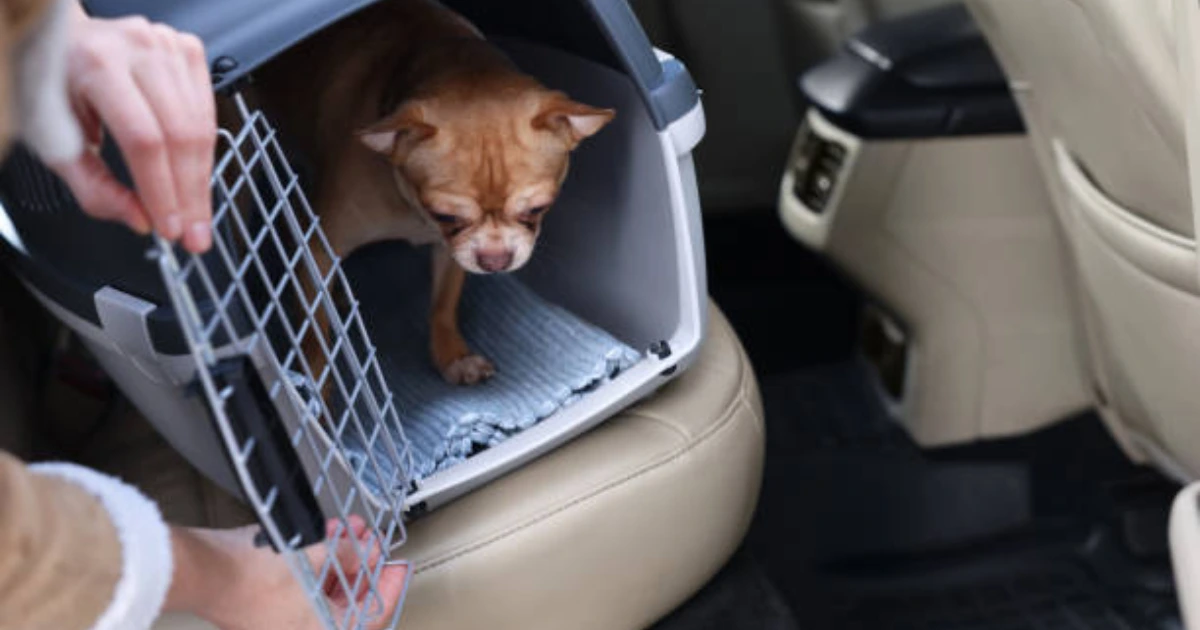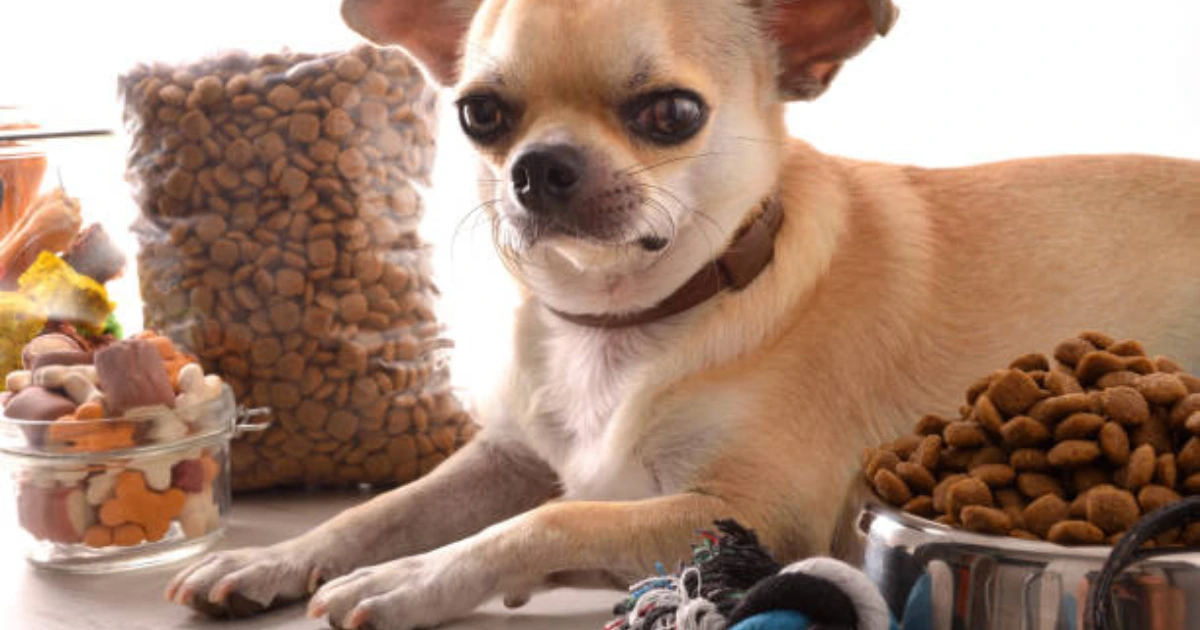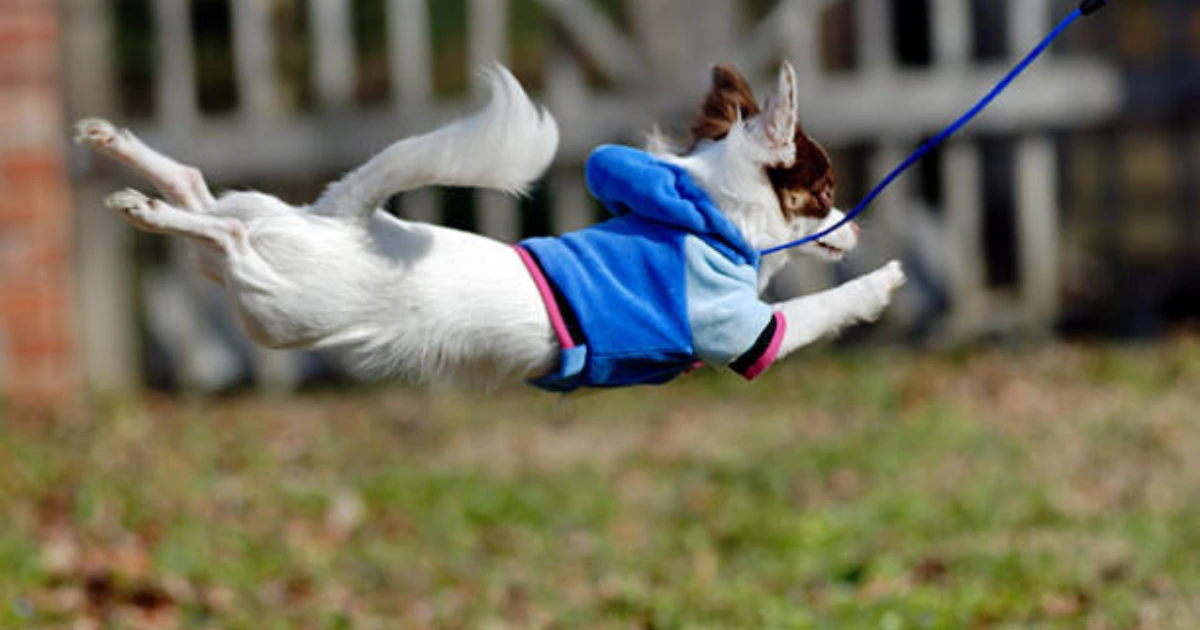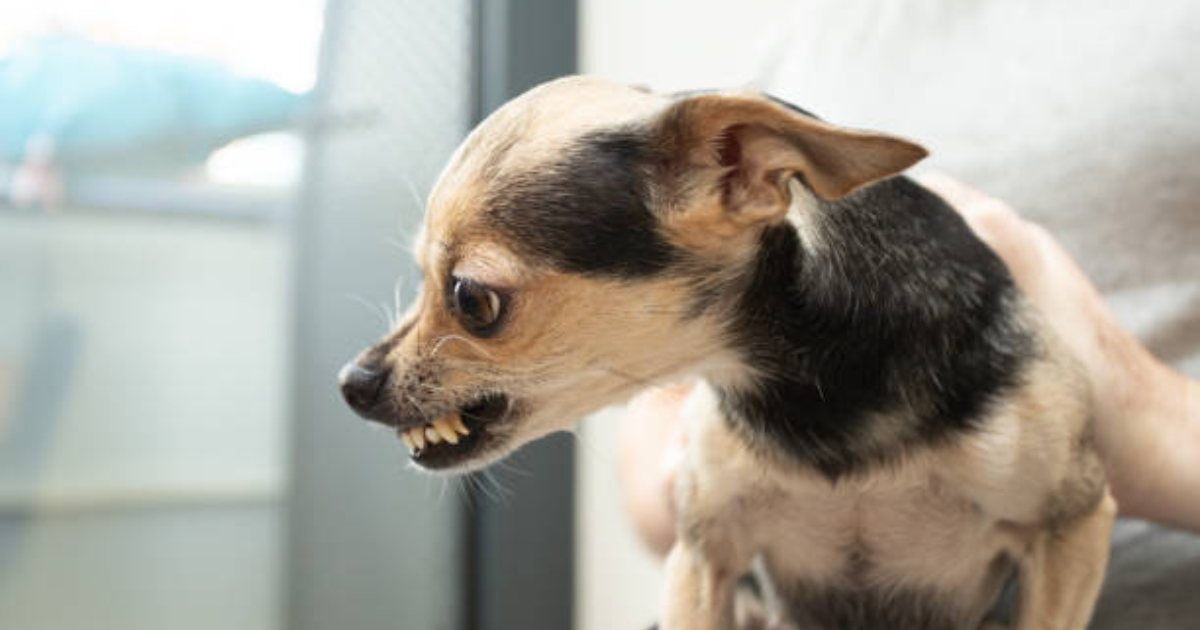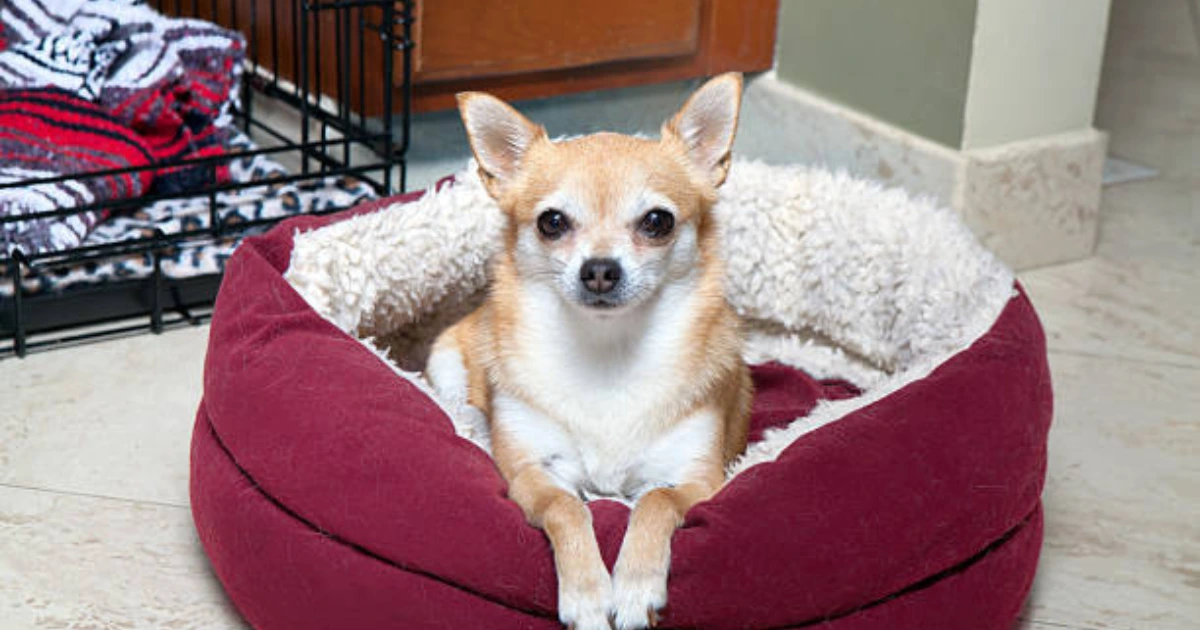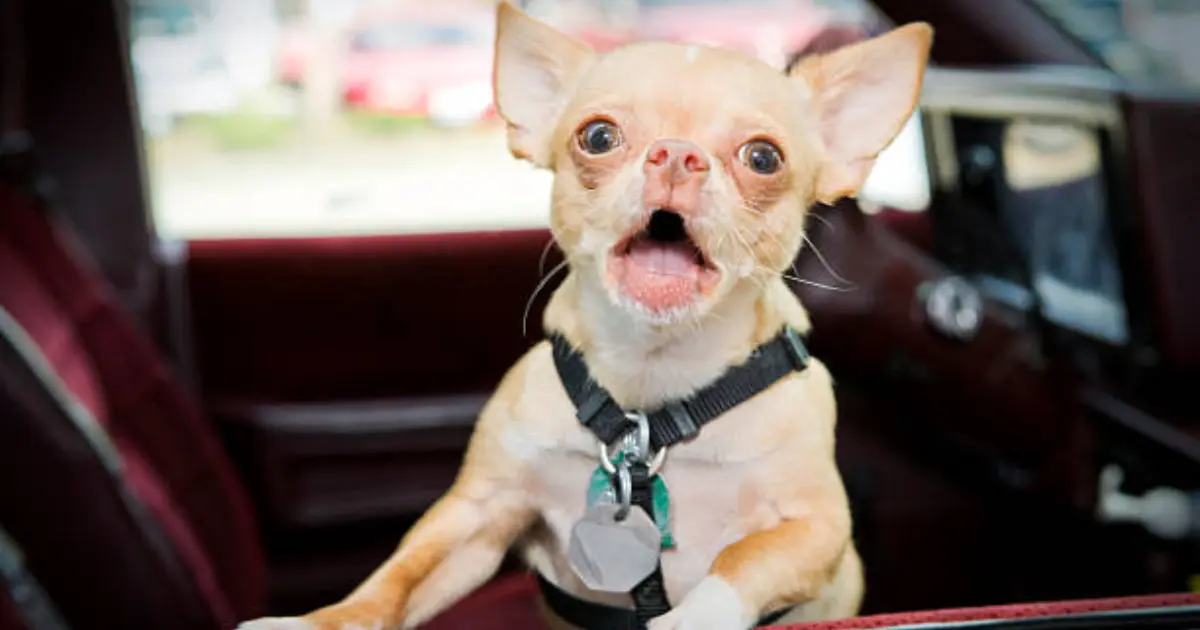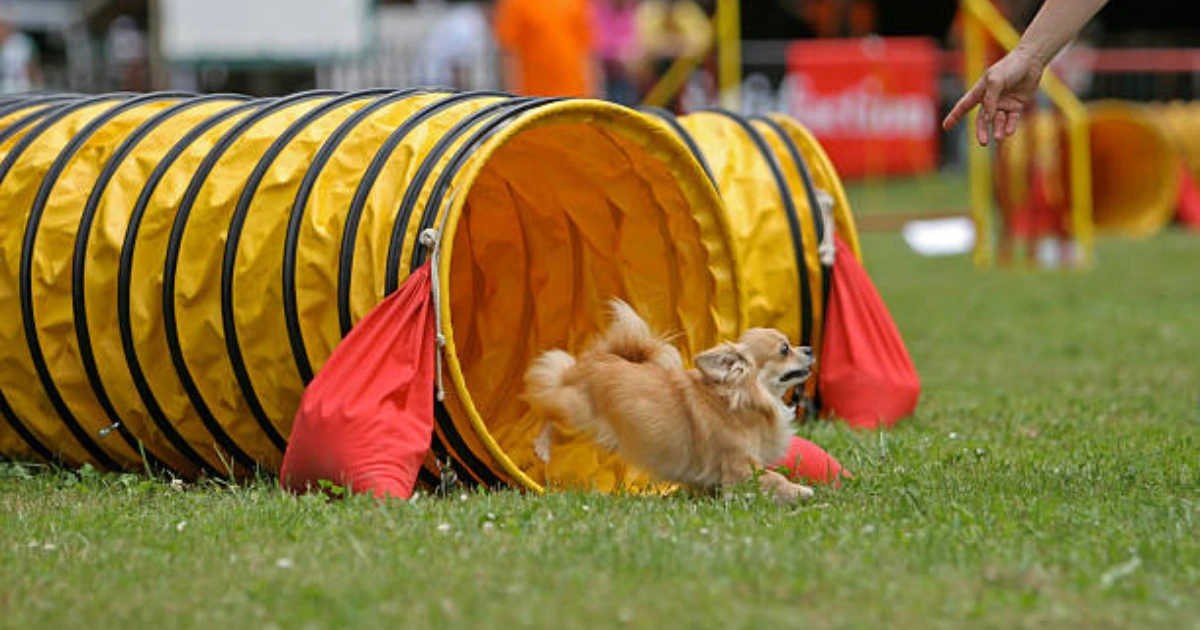Chihuahuas may be small, but their personality are enormous, let’s face it! These puppies are intelligent, spirited, and unwavering in their resolve. Even while we adore them, their little stature can occasionally make training them difficult.
Don’t worry, though it may require some perseverance, you can effectively educate your Chihuahua to obey basic instructions like sit and stay as well as potty training with a little work and knowledge!
The Difficulties When Training A Chihuahua
Even though you would need to work extra hard while training, having a naughty Chihuahua can be an interesting and gratifying experience.
Advertisement
Your Chihuahua’s potential can be unlocked by embracing everything that this breed has to offer!
1. Chihuahuas are stubborn
The stubbornness of the Chihuahua can make even the best dog teachers scratch their heads.
You should know that Chihuahuas are different from other dog breeds.
They are not afraid to tell you that they expect respect. If you want to train your Chihuahua well, you have to be serious, dedicated, and ready to work at it all the time.
2. Chihuahuas are suspicious of strangers
Teaching Chihuahuas simple commands or tricks might be difficult because they tend to become fearful of strangers.
Before attempting to train them, you must first build their confidence and trust.
You and your Chihuahua may become frustrated if you go quickly through the process.
3. Their Small size
A Chihuahua’s small stature and delicate disposition make training them a difficult task.
Compared to larger dogs, chihuahuas require a different kind of training, so when you are teaching them new commands, keep in mind their size and disposition.
Training Chihuahuas requires patience and consistency because they become easily startled by loud or abrupt movements. To prevent frightening or irritating your Chihuahua, it’s critical to provide positive reinforcement and employ gentle techniques.
Chihuahuas have small bodies and heads, so their gear needs to fit them well or they’ll try to get out of it. An uncomfortable choke collar should not be used. Instead, use a light cotton or nylon collar or leash.
4. They Want To Be The Alpha
A Chihuahua’s ambition to rule the house makes teaching them one of the toughest tasks.
They have an innate desire to dominate and defend their domain, which can result in disobedience and obstinate conduct.
Setting limits from an early age and assuming leadership of the pack are crucial aspects of being a competent pet owner.
5. They Crave Attention
Every dog breed needs care, but Chihuahuas can get very anxious if they don’t get enough, which can make them possessive and clingy. If they don’t get the attention they want from their chosen person, they might bark, bite, or nip at you. While you’re teaching your Chihuahua, keep their minds and bodies busy with lots of different things. This will help them focus on learning.
What You Need To Know Before You Start
1. As a trainer, your attitude is crucial. You will be the instructor and your Chihuahua the pupil. And if you are enthusiastic and patient, your dog will pick up new skills much quicker. Your Chi will pick up on your nonverbal and verbal indications about how he should approach learning new information. Is attending “school” anything to be afraid of? Or is it a difficult but worthwhile experience?
2. Regularity is essential. Among the most crucial components is this. Dogs have excellent long-term memory, but they also have relatively short-term memories that last for years. Making as many sessions as you can is the key. Repetition will aid in transferring short-term to long-term memory of the material.
If you train “sometimes” or even “most of the time,” it rarely works. Maintain a tight regimen if you are serious about training your Chihuahua. When house training, adhere strictly to the instructions. Perform two sessions of command training each day. Do this every time your Chi is on a leash when heeling.
3. Give compliments and rewards. Dogs must understand the rationale behind a given behavior. Yes, listening to their owner is a wonderful reason, but a dog learns new skills best when he is driven to do so. Giving a dog pleasant food as soon as they exhibit appropriate behavior is the most effective approach to encourage them. Don’t worry, treats can be phased out and limited to occasional treats as positive reinforcement once your Chi is doing well.
Dogs also love praise. A Chihuahua will become more confident and likely to repeat an activity if he is told that he is doing great.
How To Train Your Chihuahua?
A crucial first step in fostering secure, fulfilling interactions between people and their Chihuahuas is obedience training. You’ll be able to create the greatest possible foundation for these encounters with the aid of this tutorial!
1. Start as soon as possible
Your chances of getting your Chihuahua will be better if you adopt them when they are a baby. Chihuahuas can start learning basic cues and going to the bathroom outside when they are about 8 weeks old. To train a puppy, you need to be careful, praise it, and be consistent. Do some simple exercises every day with your Chihuahua.
It’s fine if you got your Chihuahua as an old dog; you can still train it well. Even though it’s best to train Chihuahuas when they are pups, they can be trained at any age. Adult and even older Chihuahuas can be trained, but it may take a little more time and care.
2. Socialize Your Dog
An essential part of a Chihuahua’s growth is socialization. One good method to help them adjust to new surroundings, people, and animals is to take them to public areas like parks.
Future problems like fearfulness, anxiety, or sound sensitivity can also be avoided with early socialization. Chihuahuas may develop into well-adjusted canines by being exposed to a variety of stimuli and social settings, which will help them learn how to handle new circumstances.
3. Potty train your Chihuahua
It’s very important to teach your Chihuahua to go to the bathroom in the right places. With crate training, you can start this process off on the right foot by taking small steps and giving your dog treats.
When your dog has an accident inside, make sure you have puppy pads on hand. They will keep the smell of the accident away from your home.
With care and stability on both ends of the leash, as well as praise when things go well, you’ll soon be able to take your Chihuahua outside for potty breaks, which is every dog owner’s dream.
4. Teaching Your Chihuahua Basic Commands
It’s important to teach your Chihuahua simple commands. It makes the connection between you and your Chi stronger and protects them.
Think about how crazy things would get if your Chihuahua got lost and didn’t come back when you called or wouldn’t sit still at the vet’s office.
Training them with instructions like “sit,” “stay,” and “come” can keep them safe and make everyday life easier.
5. Establish a feeding routine for your Chihuahua
Just like any other breed, Chihuahuas can try to decide when to eat. However, if these little puppies are allowed unrestricted access to their food dish, they may easily develop fat.
Your Chihuahua will respect you as the pack leader and stay healthy if you establish a regular feeding regimen! After that’s finished, they won’t object if you set the schedule for mealtime—no arm wrangling needed!
6. Train Your Chihuahua To Stop Barking
Despite their diminutive stature, Chihuahuas are renowned for having enormous personalities and barking even harder.
Even while their high-pitched yapping is adorable, excessive barking can be an issue, particularly in neighborhoods with tight-knit communities or apartment buildings. It’s critical to teach your Chihuahua to restrain its barking and reserve it for appropriate situations.
You can teach your Chihuahua when barking is appropriate and inappropriate by rewarding good behavior and giving them constant instruction.
7. A Professional Dog Trainer Can Help You
Professional dog trainers do a lot more than just teach basic rules to help you raise a well-behaved Chihuahua.
These trainers pay attention to each Chihuahua and tailor their lessons to meet its specific wants and ways of acting.
When you hire a skilled trainer for your Chihuahua, you are investing in their future and making sure they have the best start in life.
8. Expose your Chihuahua to solitude
Because of their propensity for separation anxiety, chihuahuas can be difficult to leave alone.
Owners must understand this and take the necessary actions to teach their Chihuahuas to feel secure in their independence.
If you don’t, your Chihuahua may exhibit destructive habits and excessive barking, which can be upsetting for both of you.
9. Train Your Chi To Listen
If your Chihuahua doesn’t listen to you in the first place, no matter how hard you try to train them, it could all be for nothing. To facilitate learning, it could be a good idea to initially set up a few conditions if your Chi seems uninterested in everything you say or try to teach him. Learn more about how to handle a non-listening Chihuahua.
More Tips on how to train your Chihuahua
A strong boss is needed to train a Chihuahua. A lot of people think these little dogs are too cute to get tough love, but that’s not true! To be a good pack leader and teacher for your Chihuahua, remember these important things:
- You must set limits and take the lead if you want to be successful.
- Making sure your Chihuahua eats at the same time every day sets important limits and lets them know you’re in charge. Having a strict habit is important if you want to keep this breed from being destructive, so be firm about when they eat!
- To train your Chihuahua best, make sure you take care of its daily walks. Allow them to explore the world around them as long as they are in a good mood and their human friend tells them what to do. For both safety and learning new behaviors, leash training is very important on these trips.
- If you have a small dog like a Chihuahua, it might be hard to keep them from jumping on your furniture. Setting limits is still the most important thing you can do to keep your home under control and organized.
It may seem odd to ignore your dog’s barking or whining when you leave them off the couch, but it’s important to set limits, which is good for both of you.
- When you come and go from the house, try not to connect with your Chihuahua too much. This will help keep the peace. Just wait until they are calm down before you appreciate their presence.
YOU MAY ALSO LIKE:
13 Tips On How To Train An Aggressive Chihuahua
Advertisement

